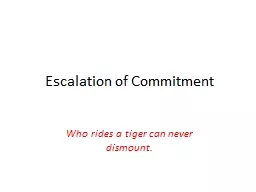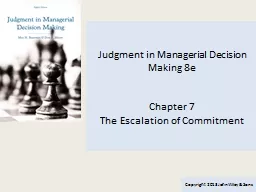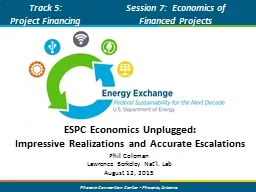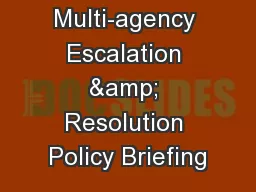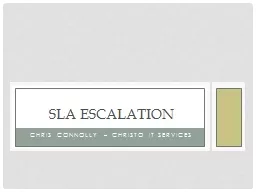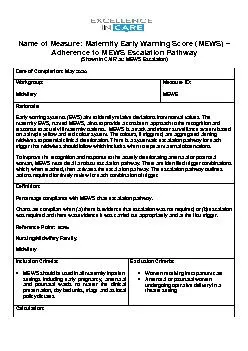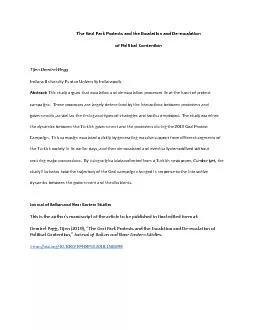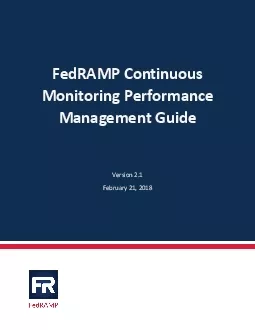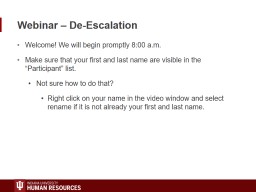PPT-Escalation of Commitment
Author : alida-meadow | Published Date : 2016-04-08
Who rides a tiger can never dismount Is Your Project Becoming a Black Hole OVERVIEW What is escalation What drives it What can individuals and organizations do to
Presentation Embed Code
Download Presentation
Download Presentation The PPT/PDF document "Escalation of Commitment" is the property of its rightful owner. Permission is granted to download and print the materials on this website for personal, non-commercial use only, and to display it on your personal computer provided you do not modify the materials and that you retain all copyright notices contained in the materials. By downloading content from our website, you accept the terms of this agreement.
Escalation of Commitment: Transcript
Download Rules Of Document
"Escalation of Commitment"The content belongs to its owner. You may download and print it for personal use, without modification, and keep all copyright notices. By downloading, you agree to these terms.
Related Documents

